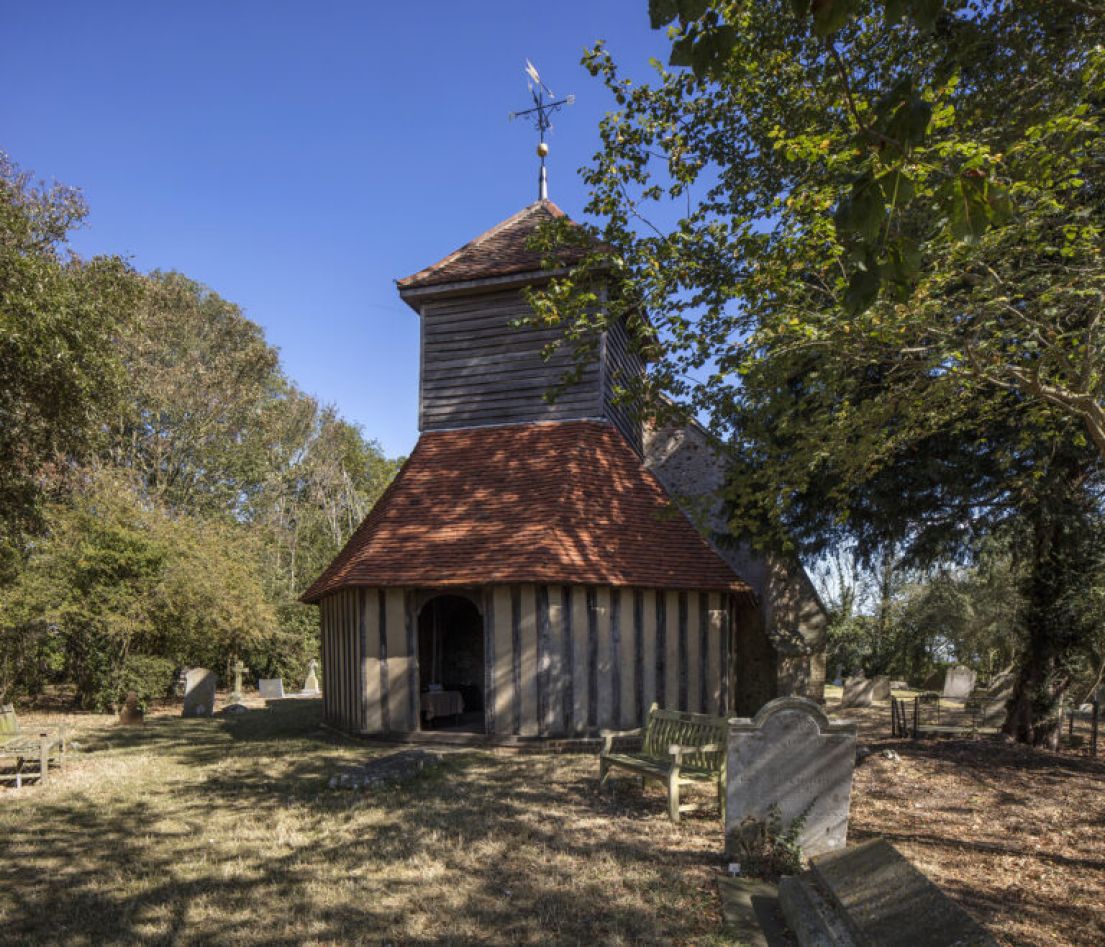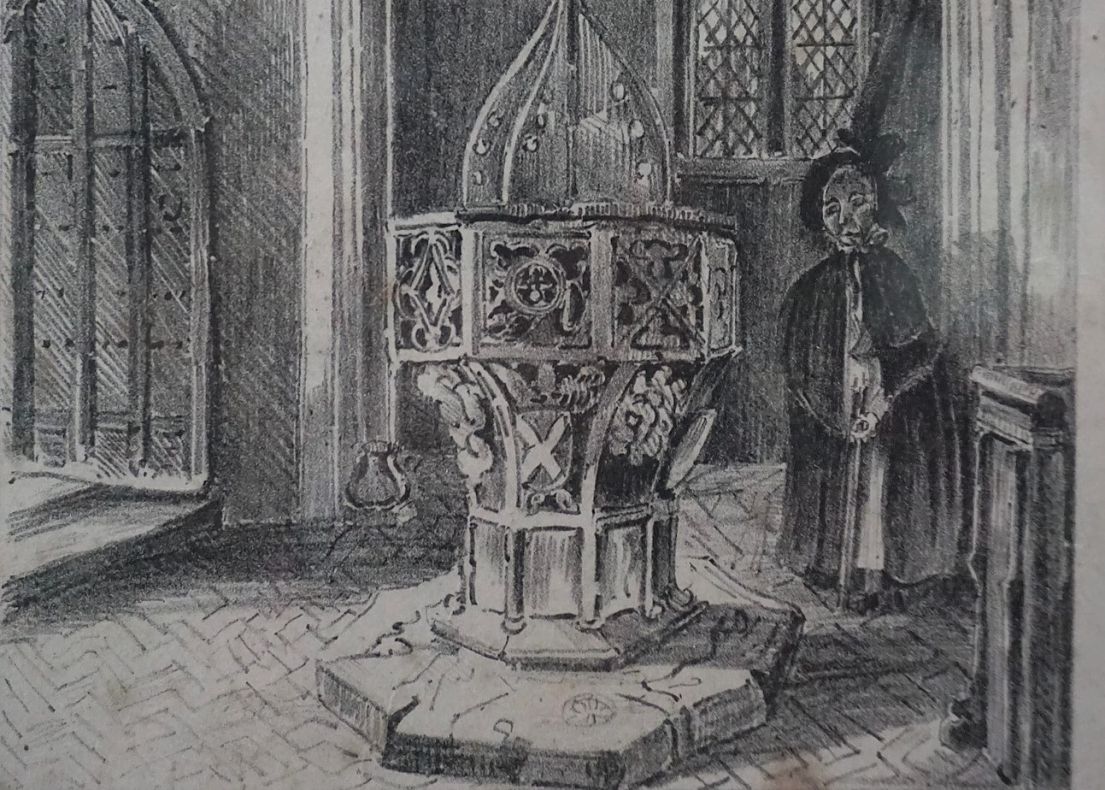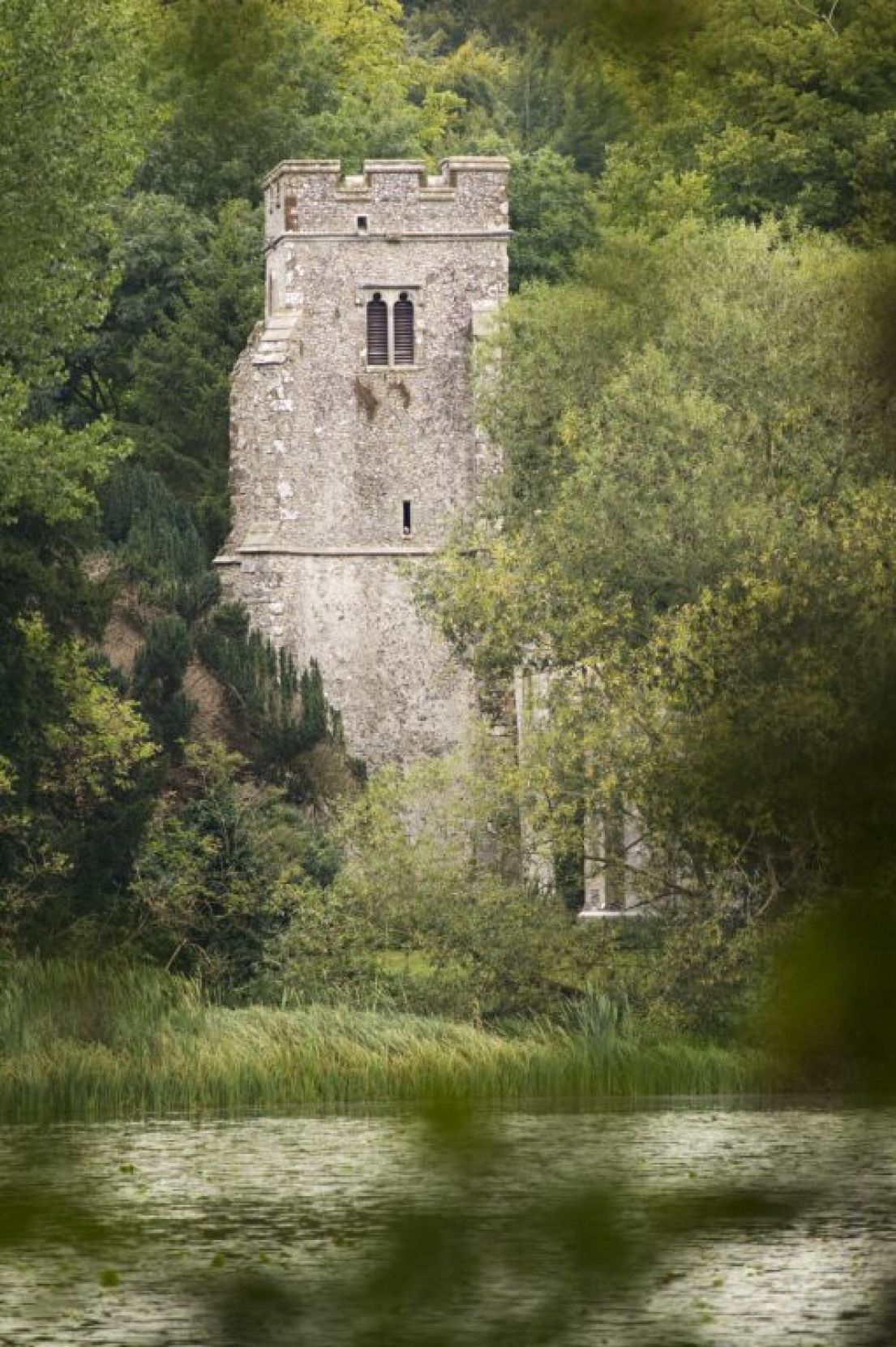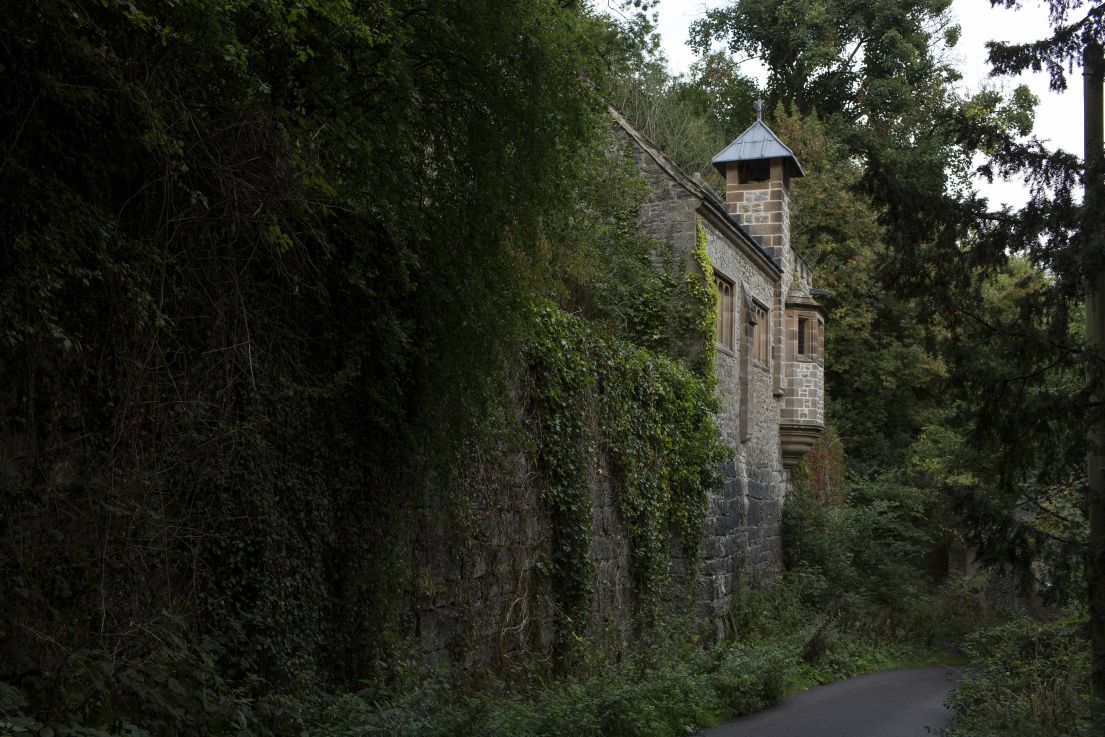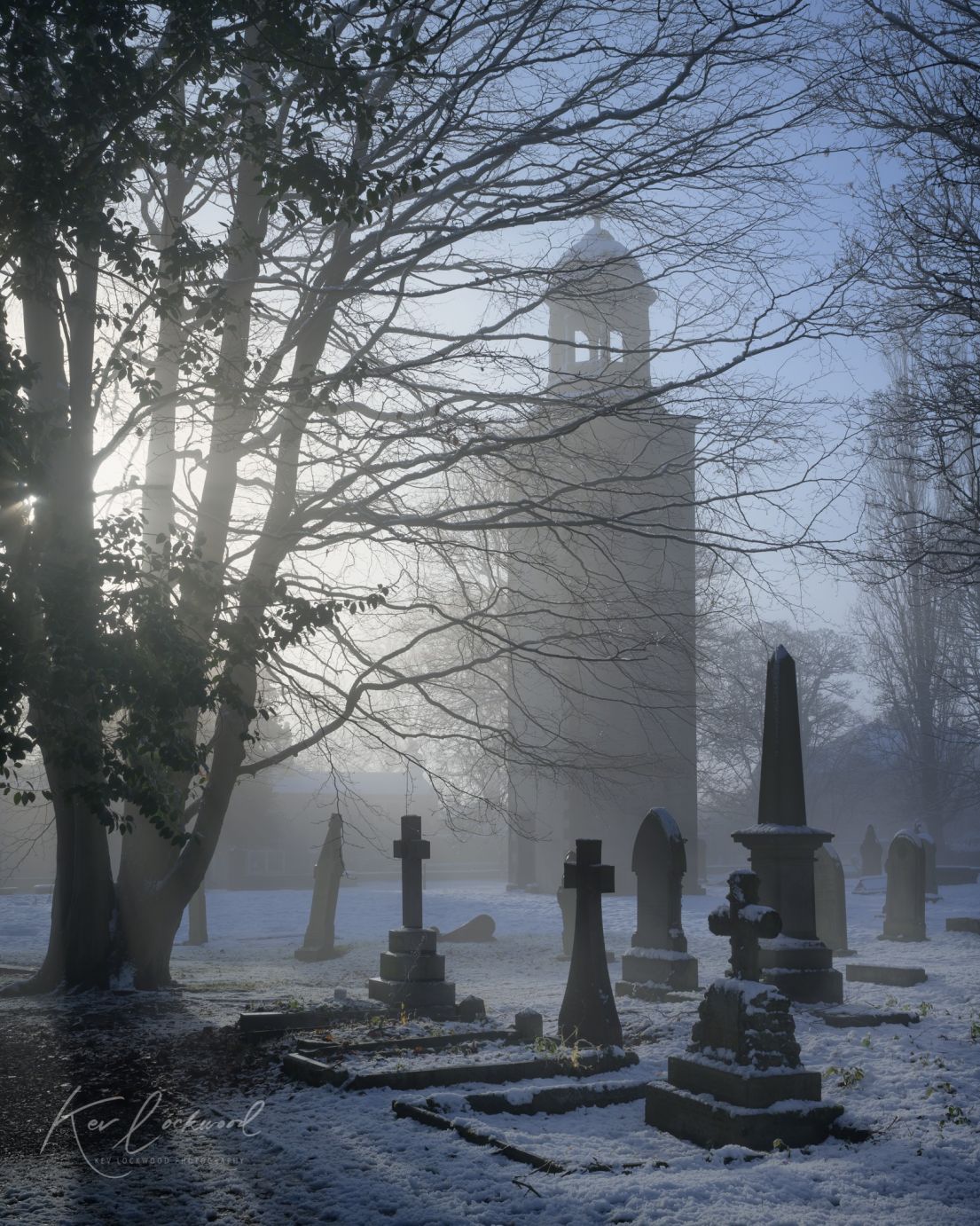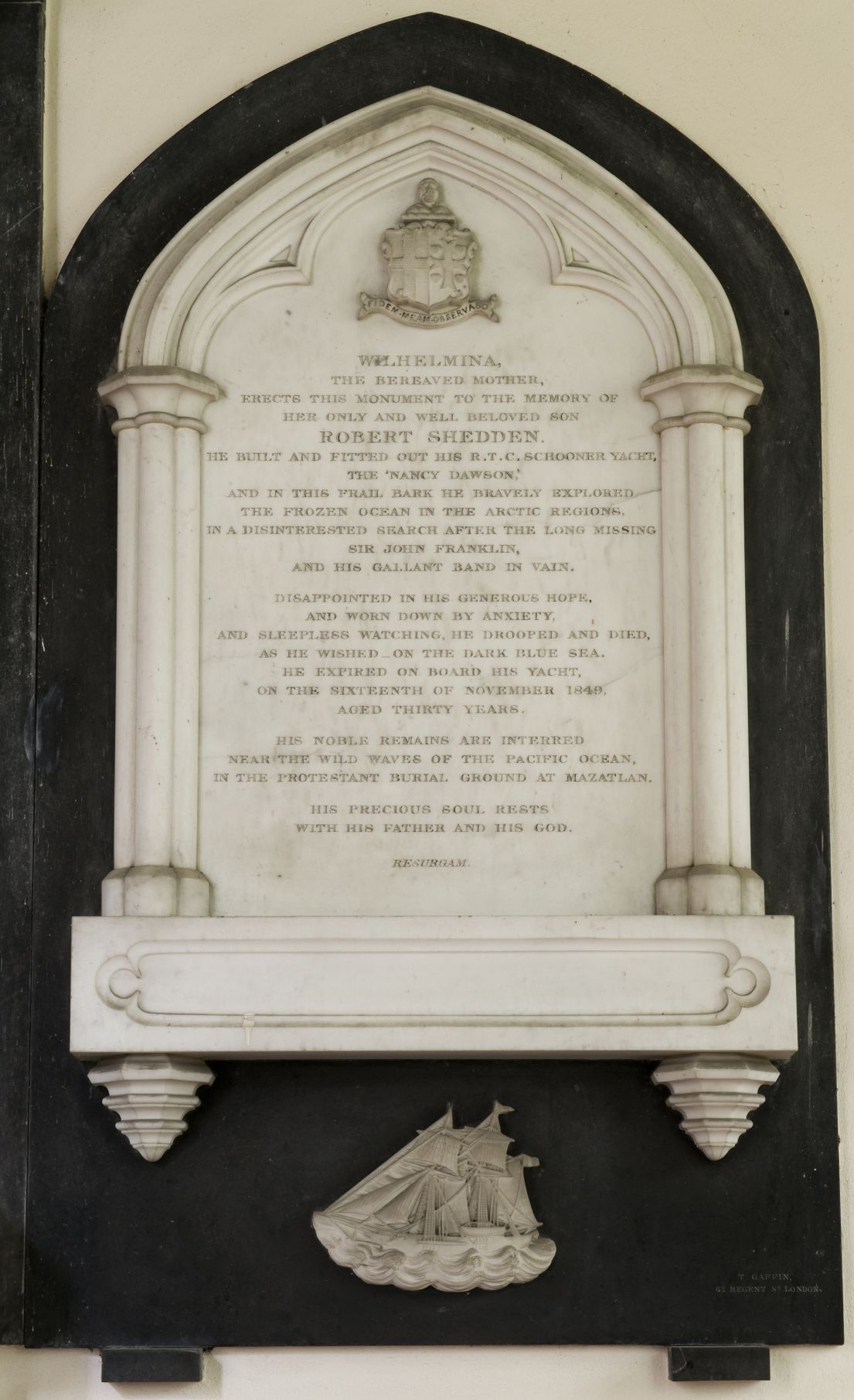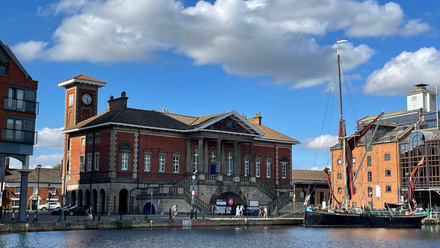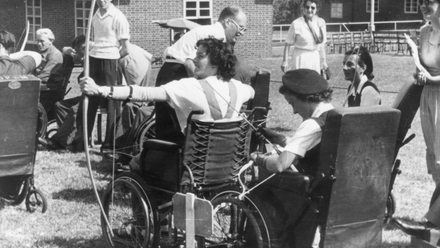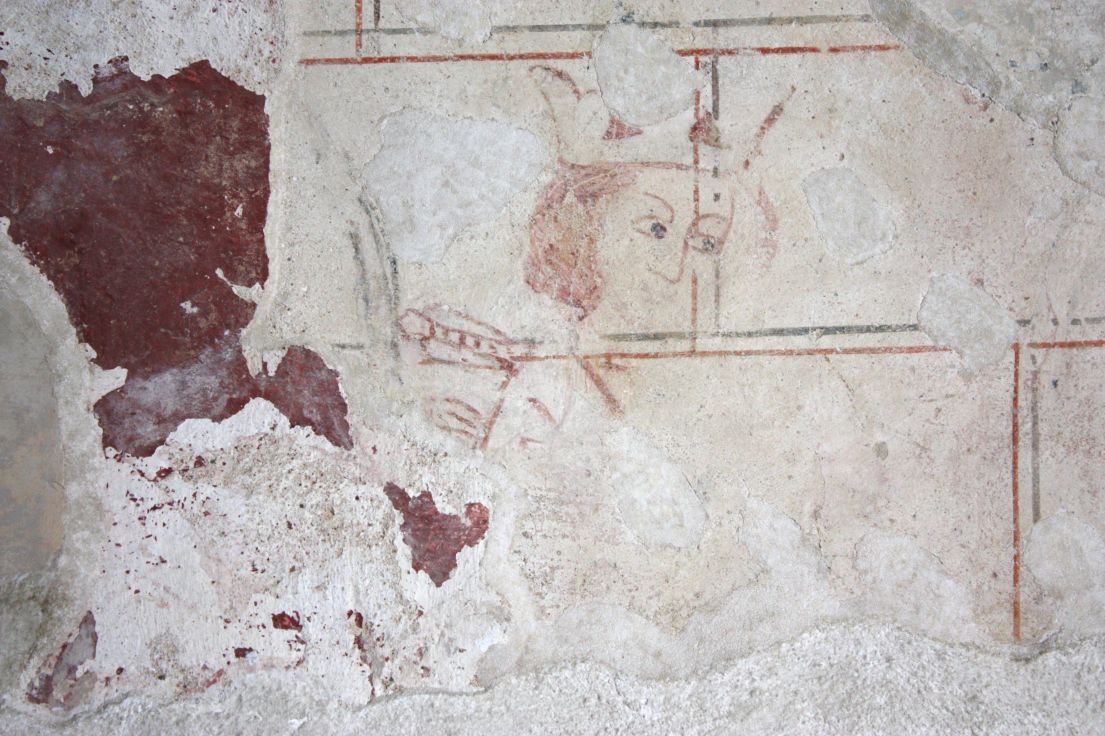
What’s in a name?
A lot of people comment on our curious name — the Friends of Friendless Churches. What exactly is a friendless church and how do you become a friend of one?! We were founded in 1957 by a group of friends who wanted to save redundant (unused) places of worship from being demolished or simply falling into ruin. Since then we’ve taken on 30 of these ‘friendless’ churches across England (and the same number in Wales). Many of these buildings are centuries old, some even with prehistoric origins. We repair, protect and cherish them, keeping them open for everyone to enjoy — now and for generations to come.
More than old stones…
Historic churches are treasure troves of art, but they’re also filled with fascinating stories. As the digital content creator for the Friends of Friendless Churches, I find that there’s always something new (or old!) to discover within their walls, and endless tales to tell.
A legendary king
St Mary’s, Mundon, Essex
Edmund was an Anglo-Saxon Christian king who ruled East Anglia in the 9th century. He was killed in battle by Danish invaders. Legend has it Edmund was captured alive; whipped and lashed while tied to a tree, then shot with arrows and decapitated. His head was cast away in the forest. A grey wolf guarded it. Some of Edmund's supporters found the head of the king, which miraculously reunited with his body, and was then buried in a small chapel... Could St Mary's be the site of the chapel?!
An extraordinary woman
St Mary Magdalene's, Caldecote, Hertfordshire
In the early 1800s, Caldecote had something quite extraordinary: a female parish clerk! Mary Flint was such a novelty nationally that she was featured in the May 1841 edition of the Church of England Magazine.
A secret prince
St Mary’s, Eastwell, Kent
Eastwell church in Kent was once a place of great importance. Royals were regulars. Queen Victoria enjoyed being pulled across the frozen lake there in her sledge-chair. And in the churchyard are the remains of Richard III’s illegitimate son, Richard Plantagenet.
A faithful friend
St John the Baptist’s, Matlock Dale, Derbyshire
A loving wife
Old St Matthew's, Lightcliffe, West Yorkshire
All that remains of the Georgian church at Lightcliffe, near Halifax, is this striking tower and churchyard. But in recent years, the site has drawn people from all over the world - for its connection to 'Gentleman Jack' and as a landmark of British LGBTQ history.
A questing sailor
Find out more
- Friends of Friendless Churches - The best way to learn more about our churches is to visit them! Use the ‘Find churches’ search on our website to locate the churches nearest to you. Even if you can’t visit, you can explore the history, and legends, of all of our churches. We also share lots of stories and pictures on Facebook, Twitter, Instagram and LinkedIn.
- An introduction from the Director - If you’d like to know more about what we do and why we do it, here’s a short video from our director.
- Friends of Friendless Churches festival case study - Read more about these wonderful sites who share their stories over Heritage Open Days with special events.

